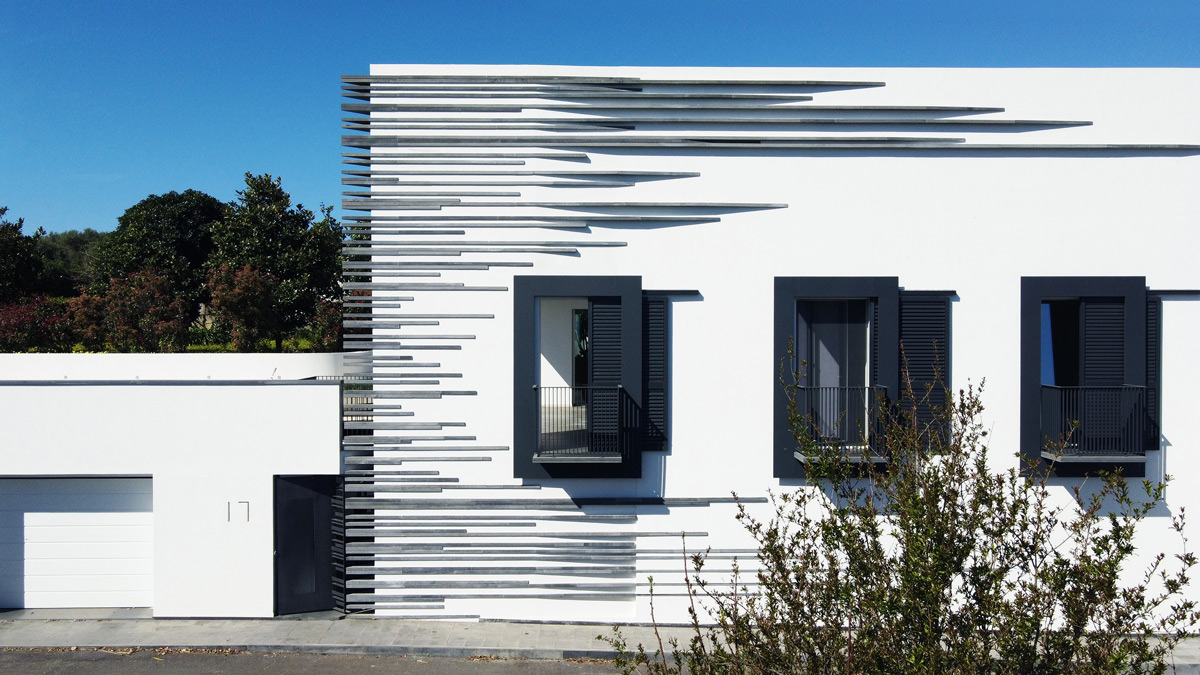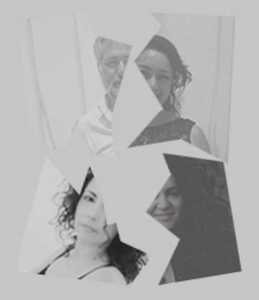

The extraordinary landscape context
The team of the NextBuild studio accepted the design challenge in an intervention area characterized by high landscape value. Located near a Site of Community Importance (SCI), it offers a panoramic view of the Aeolian Islands and is part of a culturally and mythologically significant context.
According to Level 2 Protection of the Landscape Plan, the intervention had to include visual impact mitigation and the recovery of the original environmental characteristics, eliminating or reducing visual disturbances.
The local construction tradition, evidenced by the nearby ancient residences, sees the houses directly facing the street, in a continuous dialogue with the surrounding landscape. However, the two existing buildings no longer respected these original features.


























